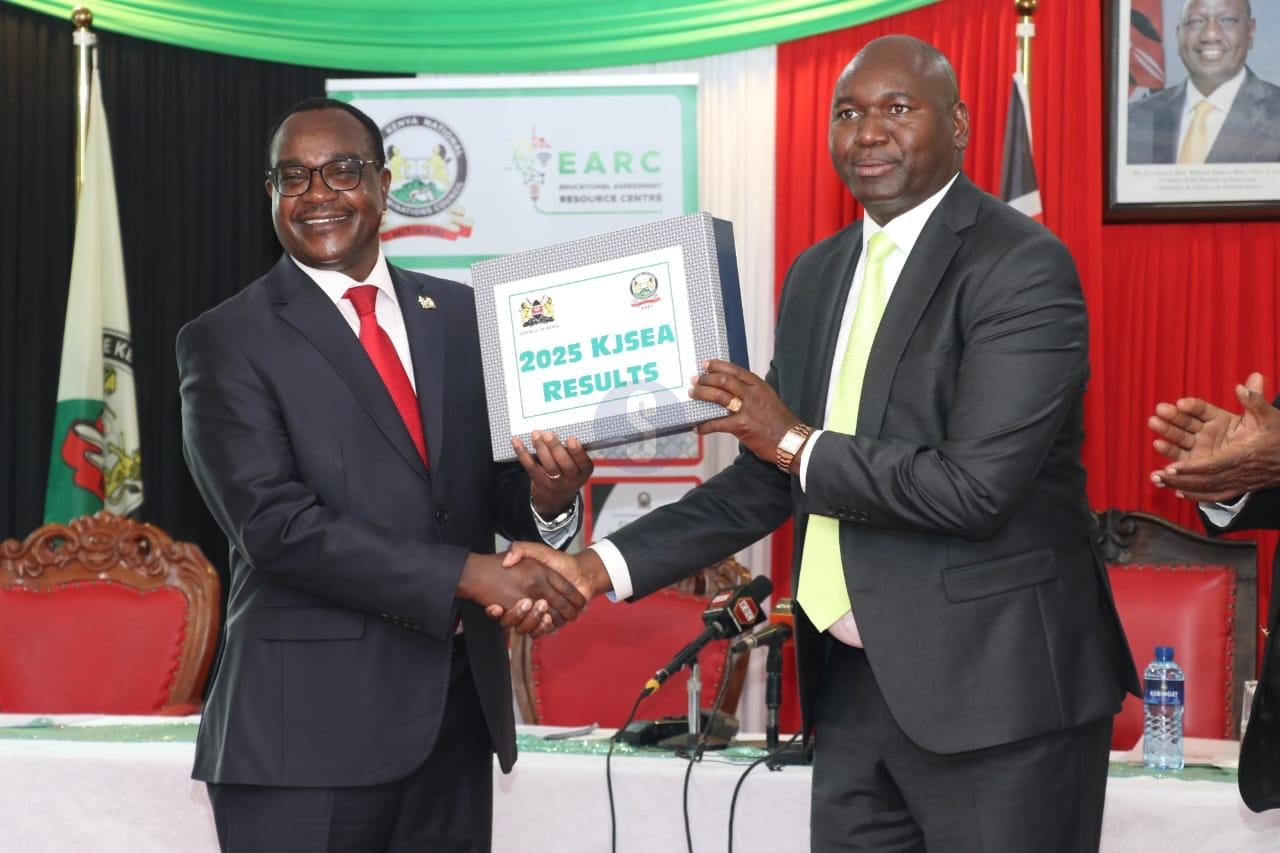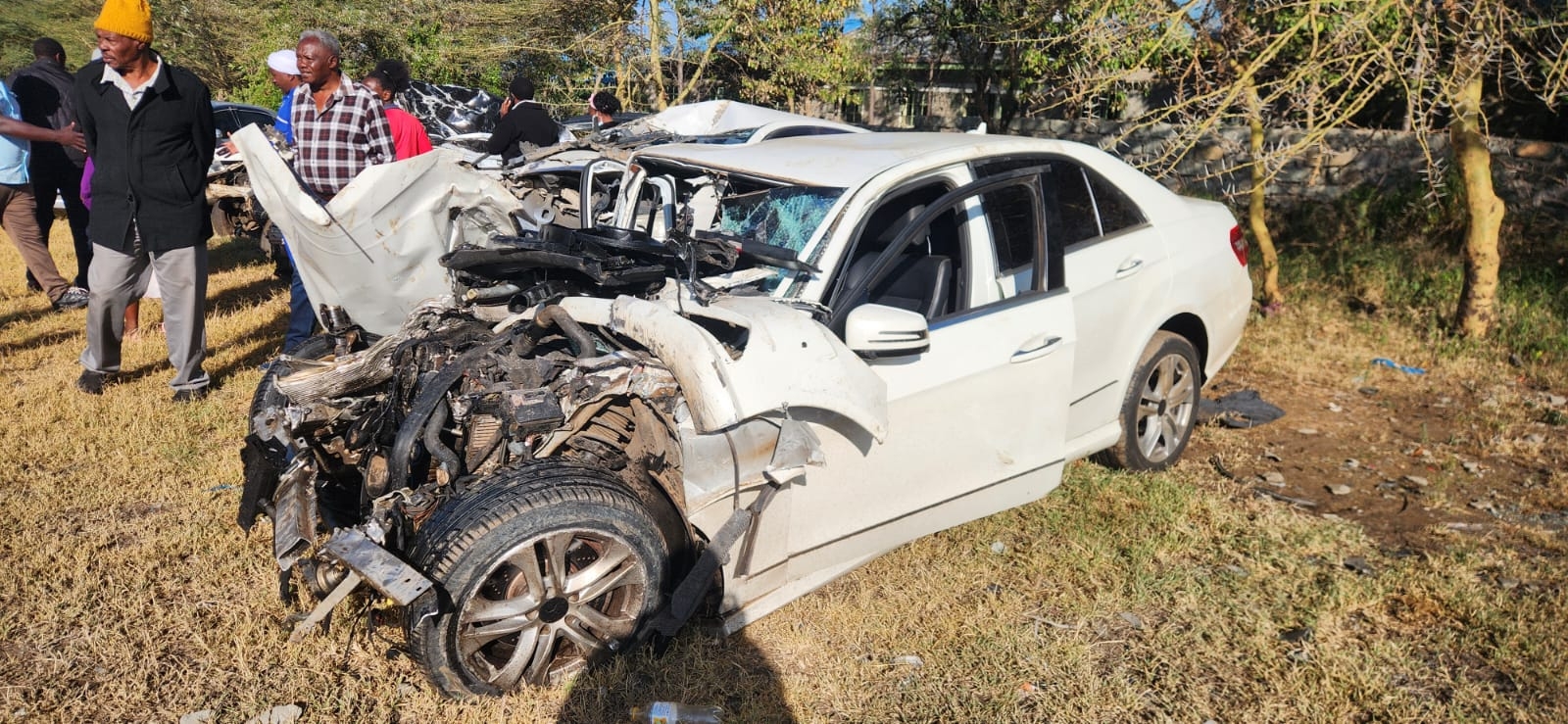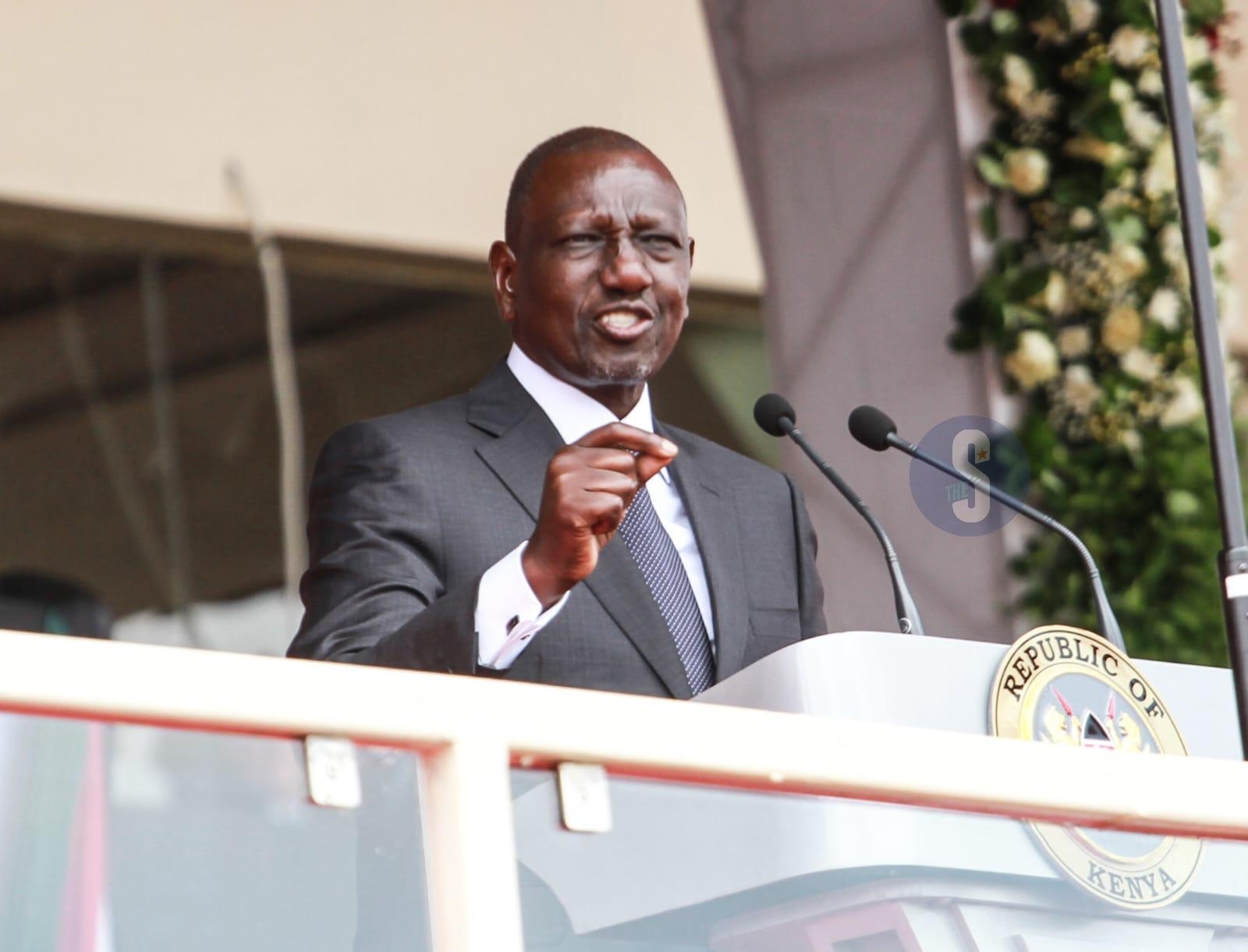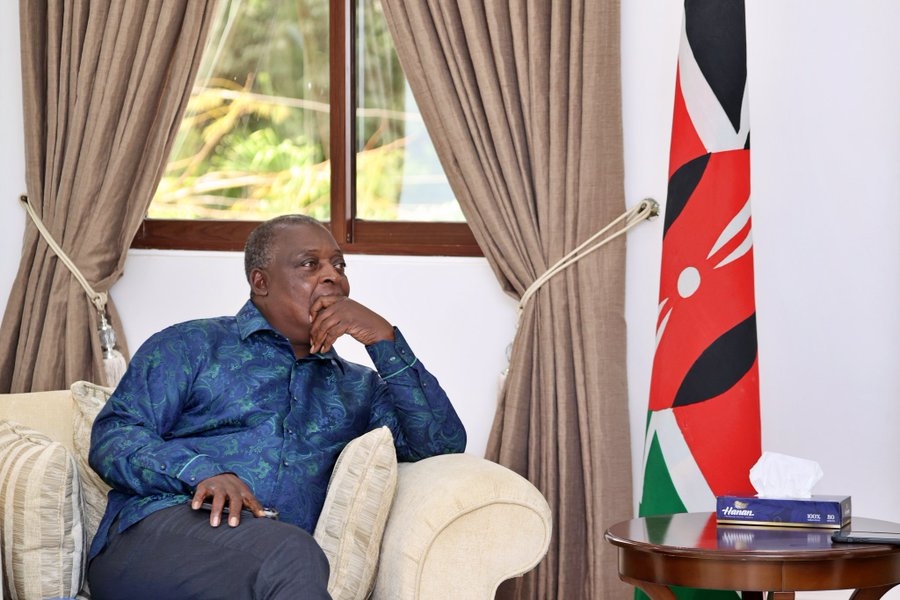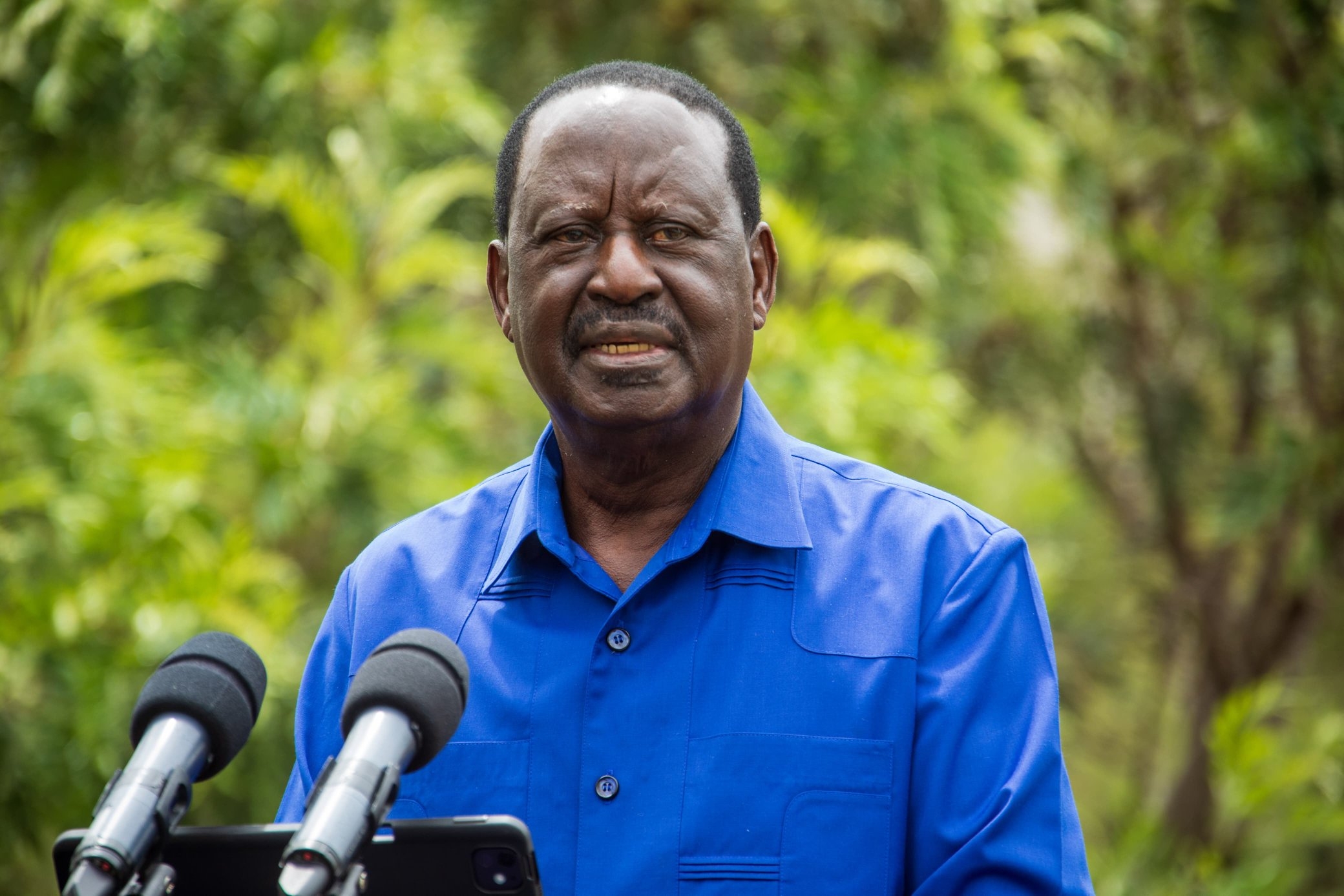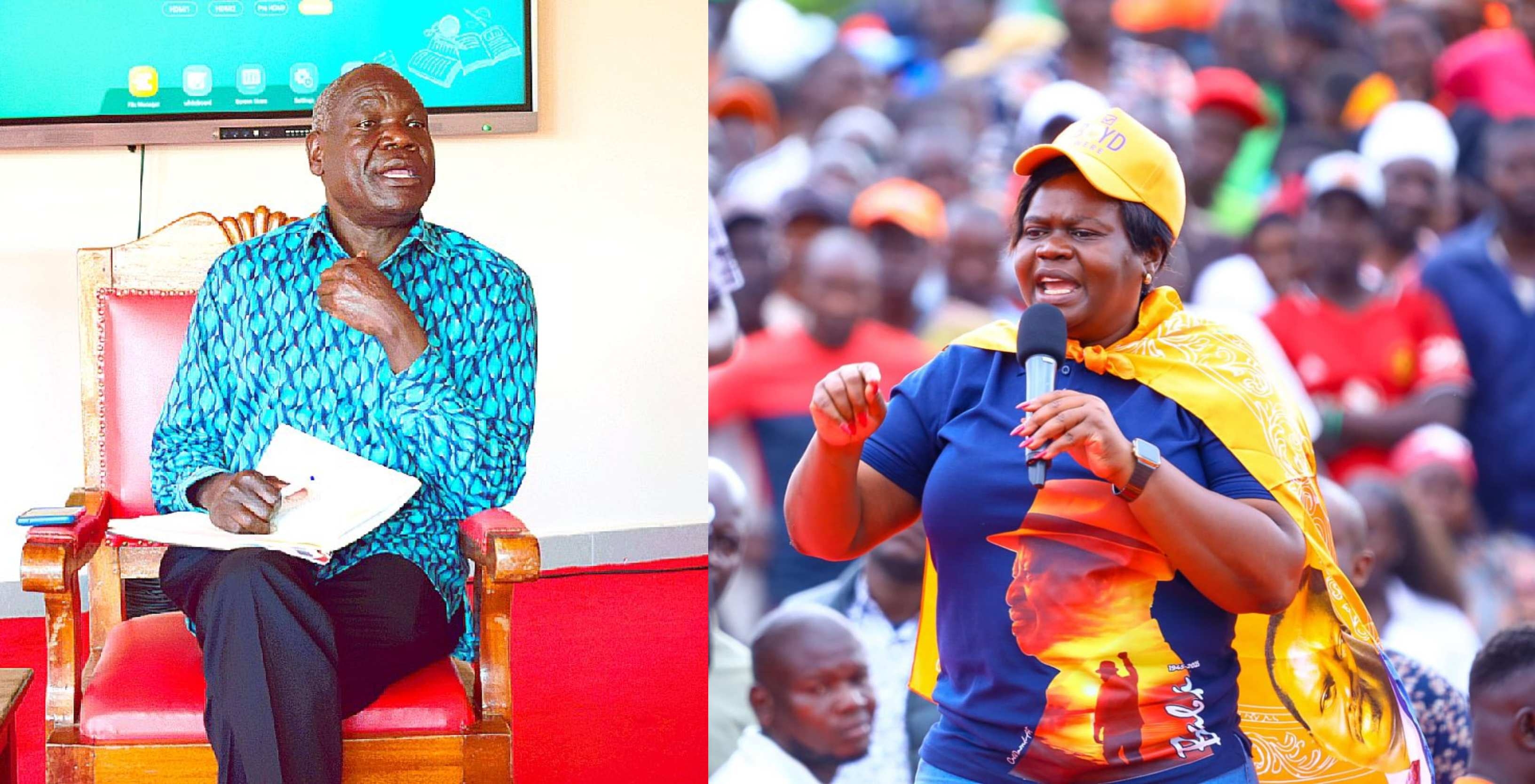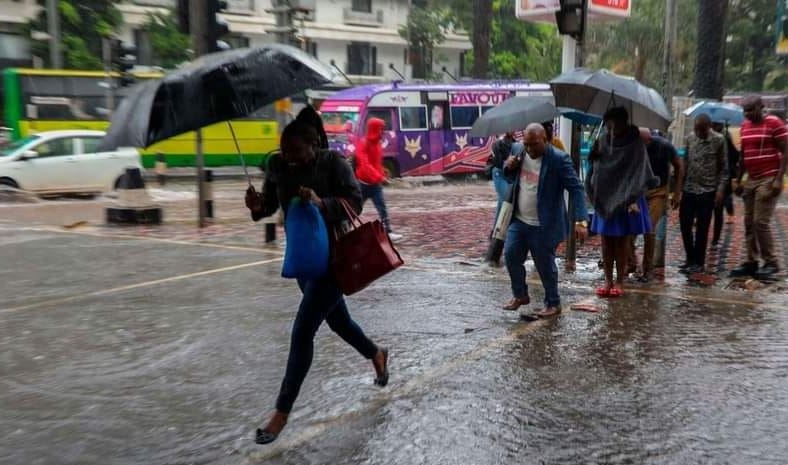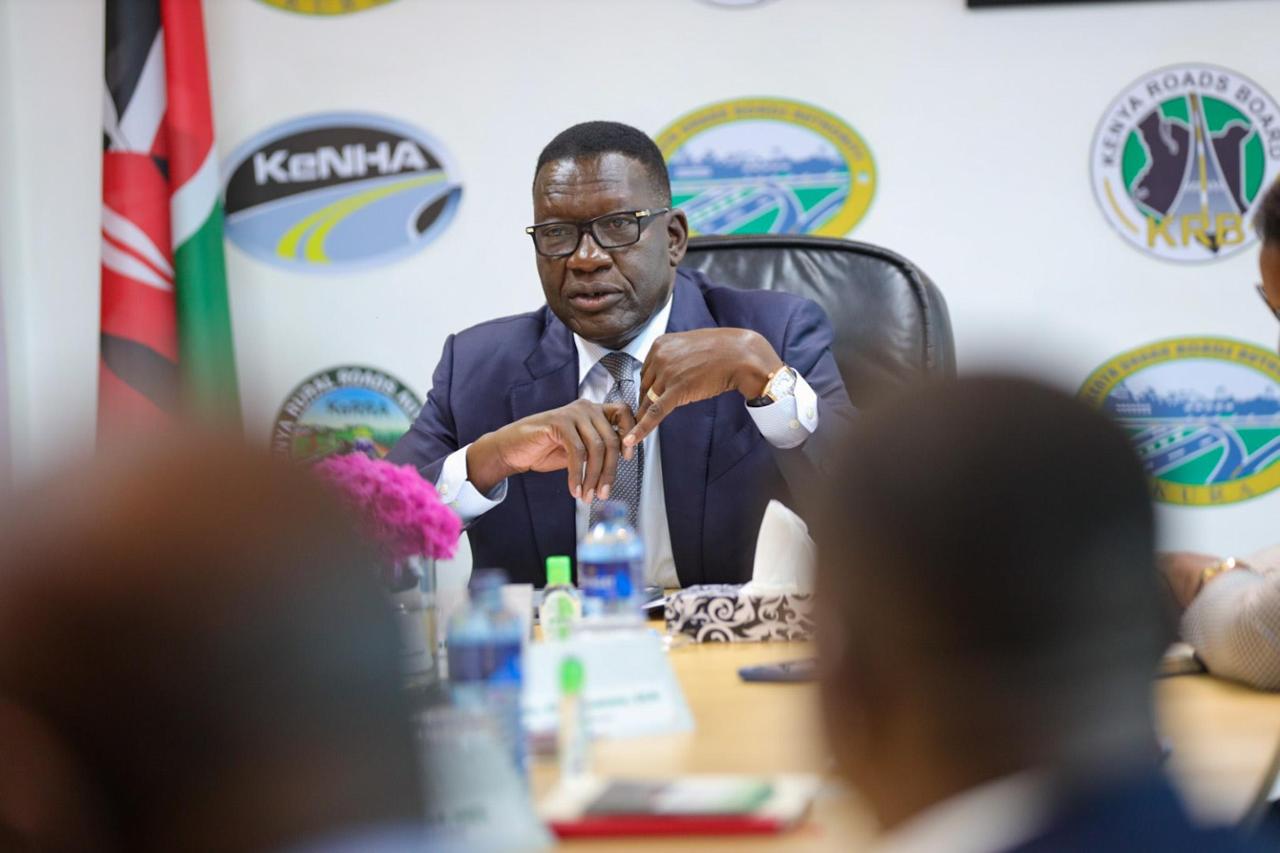
Roads Cabinet Secretary Davis Chirchir has defended the new road securitisation plan, terming it a significant step towards addressing the persistent backlog of pending bills in the sector.
The innovative funding model being introduced by the Kenya Roads Board (KRB), he said, will reshape infrastructure funding while reducing additional pressure on taxpayers or the national budget.
KRB has successfully securitised Sh7 out of every Sh25 collected from the Road Maintenance Levy Fund (RMLF).
“By monetising proceeds from the RMLF, the KRB aims to unlock billions in upfront funding,” he said.
This move, done through the creation of a Special Purpose Vehicle (SPV), has unlocked Sh175 billion upfront to settle verified contractor arrears and revive over 580 stalled road projects across the country.
The significance of this approach is most evident in the upcoming 2025/2026 financial year.
“By using future cash flows rather than borrowing or tapping into the annual Exchequer, this securitisation effort lifts a substantial weight off the national budget,” he stated.
He said that with the Treasury facing mounting pressure to reduce fiscal deficits, KRB’s off-balance-sheet model will provide immediate liquidity without contributing to the country’s sovereign debt.
Traditionally, the government has relied on annual budgetary allocations and external borrowing to fund road construction and maintenance approaches.
This has been proven unsustainable given the scale of infrastructure backlog and the country’s limited fiscal space.
As of 2024, the road sector was grappling with over Sh175 billion in unpaid contractor bills, much of which was accruing interest and slowing down project delivery.
This approach is expected to fast-track payments, restore contractor confidence, and boost economic activity through resumed construction.
The securitised funds mean the government will not have to allocate over Sh100 billion in the FY 2025/26 budget to address legacy road arrears.
These funds can now be redirected to other urgent national priorities, including healthcare, education, and debt servicing, helping the government stay within fiscal targets.
Importantly, taxpayers will not shoulder new levies or taxes to support this financing model.
Since the RMLF is already in place and the Sh7 portion is carved out from existing collections, the public is insulated from any additional financial obligation.
What makes the model stand out, according to the CS, is its ability to finance development without increasing Kenya’s debt portfolio.
“Because it is based on existing and predictable revenue streams like fuel levy collections, it is considered low-risk by investors, and does not reflect on the government’s official debt books.”
This preserves the country’s debt sustainability ratios, even as critical road infrastructure is delivered.


